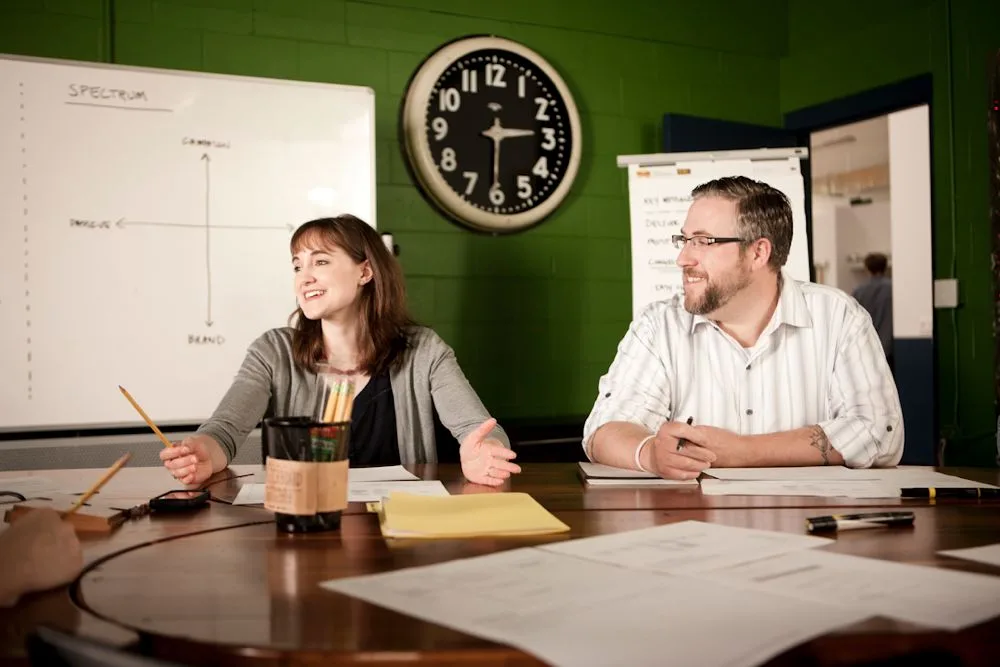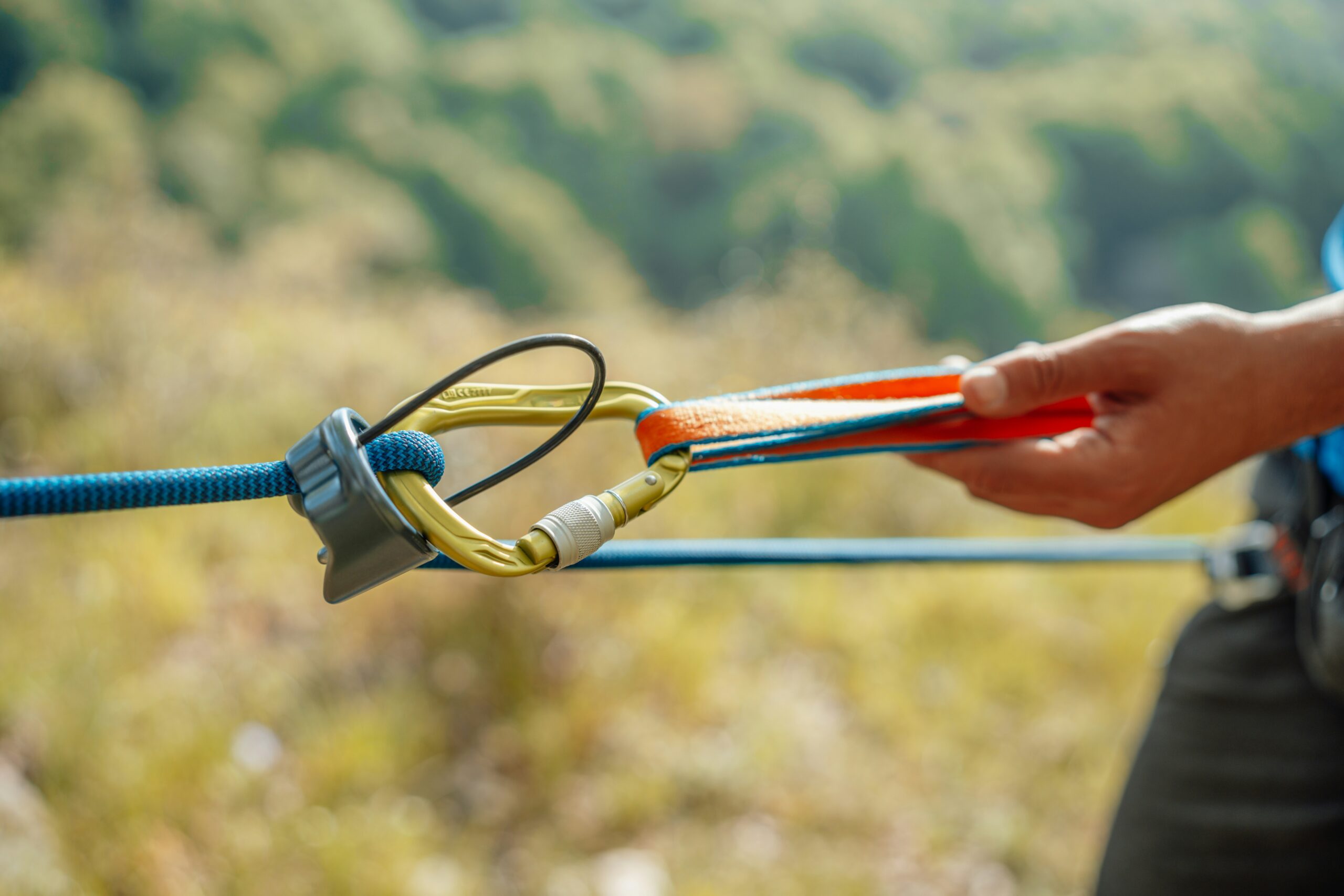Brainstorming is hard. In theory it’s a wonderful place where creativity meets logic and something magical happens. Where Instagram and Twitter and the Austro-Hungarian Empire was born. Yet, even when we try to approach it uncontrived, it still frequently falls just short of useful. Earlier this year while managing a project that demanded a lot of idea generation, I quickly slipped into a dark place, a dark brainstorming place.
To combat the blues, I started doing some research and tried new methods. There are no guarantees to any of the methods out there, but a few worthy notes have really helped me create productive sessions.
It’s a work in progress, but I’ve outlined a few ideas worth considering.
- Criticize. (GASP!) Look, I’ve tried the “all ideas are welcome” sessions, and usually it’s the reason why garbage makes it onto the dessert menu. In The New Yorker article “Brainstorming Doesn’t Really Work,” Charlan Nemeth, a professor of psychology at U.C. Berkeley, argues that criticism doesn’t actually inhibit ideas, but rather, stimulates them. This notion that we can’t debate ideas may be what’s holding us back from getting to better, smarter ones. Naysayers of the criticize movement will likely counter argue that criticism causes people to retreat and withhold ideas in a group setting. And I agree – when the criticism is not constructive – but that should be a general rule anywhere. Constructive criticism and guided debate can help us ask great questions, work to understand concepts, and reassess our initial assumptions. By doing so, we often land on some really great new perspectives.
- Communicate what to expect (this isn’t a surprise party). There’s some idea that they need to be this spontaneous, organic, stream of consciousness collective where people just shout out words like we’re on the floor of the stock exchange. I think this is complete myth, but it still makes its way into brainstorms all across the world. Creativity has structure. Even the writer who’s up at 3 a.m. working on her story has mind mapped the plot, wrote character profiles, and likely even planned to be awake at 3 a.m. working on her novel. When it comes to brainstorming sessions, send out an outline or questions to the attendees beforehand. Give them topics or themes to consider. If it makes sense for the session, list a specific number of ideas to bring. Encourage them to write down their first ideas, scrap them, and then keep writing. And don’t be afraid to go around the table and let every person have a chance to talk and share their ideas, get all the ideas out there, and then go back and explore. I promise you’re not smoldering the creativity flame.
- Choose, and choose wisely. Our instinct when putting together the brainstorm group is to use the team on the project, or pick people we work closely with, or our office friends, or a group of seven strangers picked to brainstorm together to find out what happens when people stop being polite, and start getting real. This summer, @FastCompany published a great article about ‘brainswarming.’ It mentions a 36-year study of teams who produced Broadway shows. Turns out, the most successful group was a blend of familiar team members mixed with newcomers. It’s no surprise – we all love when a newbie comes on staff for that ever coveted “fresh set of eyes,” and brainstorms are no different. You’ll benefit from the familiarity of team members on the project who aren’t afraid to let ideas fly or question thinking, but pulling in that outsider will help interject the “hey, what about…!” that’s needed.
- Don’t call it a brainstorm. Part of the hang-up with brainstorms is that we all have connotations with the word “brainstorm.” To avoid setting any predispositions, refrain from calling the meeting a brainstorm. It’s simple, yes, but we all know people who rumble about how much they hate brainstorming. Approach it as a productive meeting with a clear objective.
- Don’t expect the answer. If we go into any meeting expecting it to spawn the clear solution to our problem, we’re setting ourselves up to be let down. You will probably need multiple brainstorms (meetings, group think sessions, whatever we want to call them) before you’re going to be directed toward any answers. We know the best thinking happens in the shower or car, or wherever we’re relaxed. That’s when we release lots of dopamine, and thus boost our creativity.
I encourage you to visit the articles in Fast Company and The New Yorker. The idea of better brainstorming – or brainswarming – is a work in progress, and I’ll continue to toy around with new ideas. As work environments, technology, and people change, so too will the way we collaborate. Post your ideas and thoughts. I’d love to hear them!




